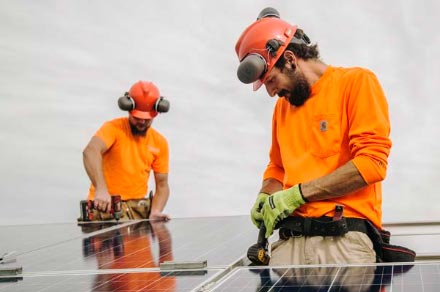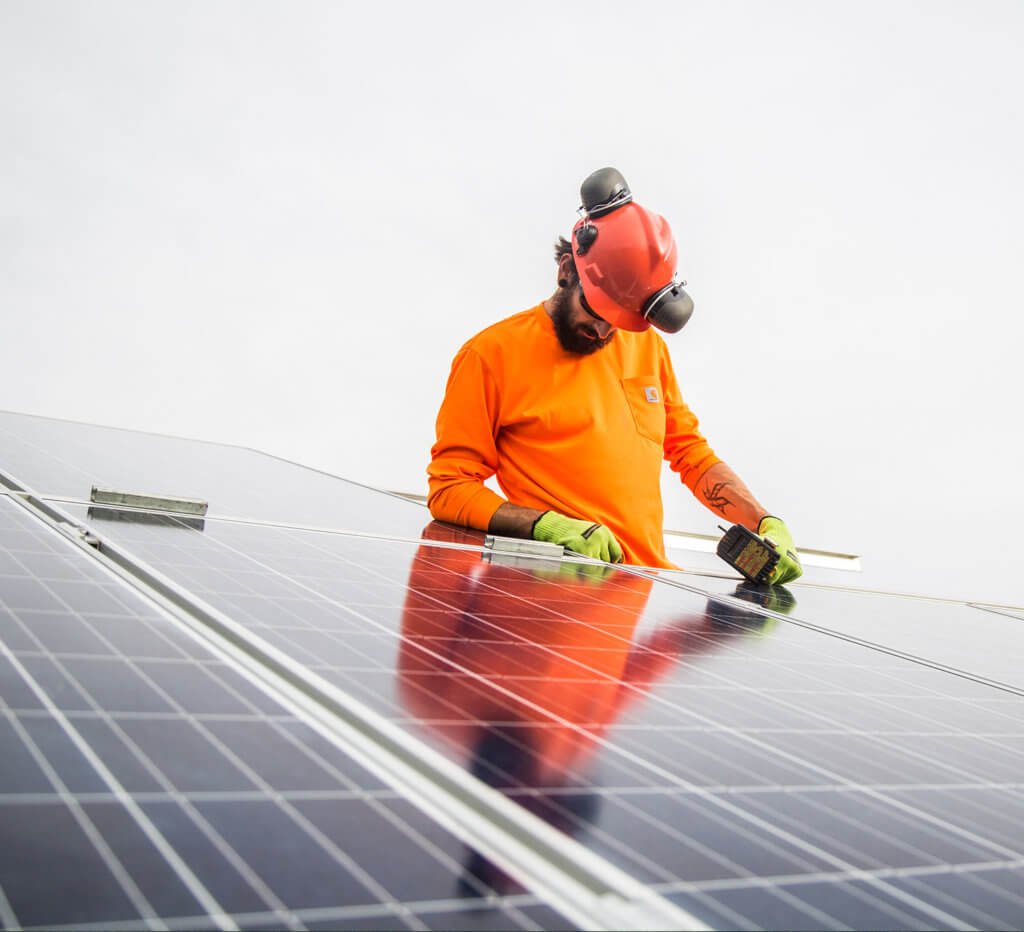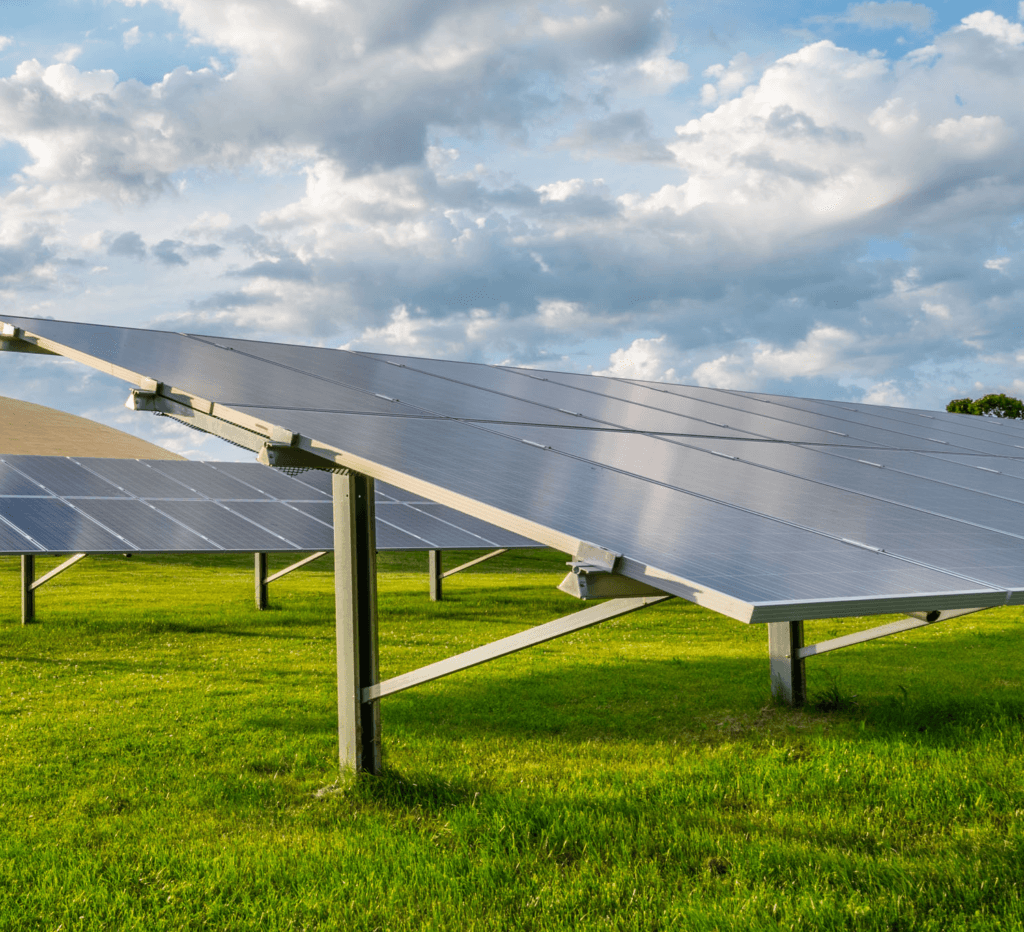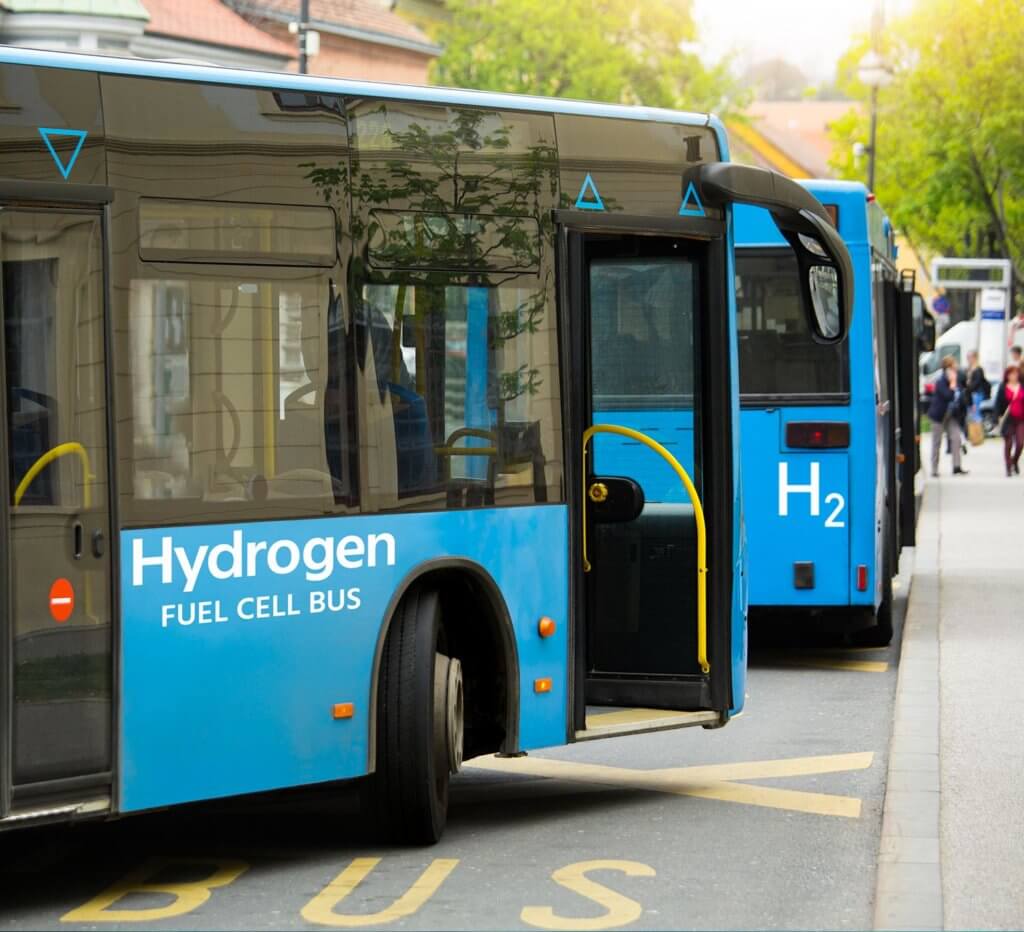An Introduction to Advanced Battery Energy Storage Solutions
Here at Ideal Energy we’re always looking ahead for ideas and technologies that can help us solve problems for our customers. One of those technologies is battery energy storage. Battery energy storage systems allow us to solve problems we couldn’t solve before. For example, by eliminating demand charges from a company’s utility bill or by providing reliable emergency power backup.
This article is the first in a series discussing what battery energy storage is, how it works, and how it can help you in your home or business.
What Is Battery Energy Storage?
Battery energy storage systems are rechargeable battery systems that store energy from solar arrays or the electric grid and provide that energy to a home or business. Because they contain advanced technology that regular batteries do not, they can easily perform certain tasks that used to be difficult or impossible, such as peak shaving and load shifting.
STEP 1: CHARGE
STEP 2: OPTIMIZE
STEP 3: DISCHARGE
The idea of combining solar arrays and batteries is not new. Early solar pioneers often connected a series of marine deep cycle batteries to their solar arrays. Before net metering was widespread this was the only way to use stored solar energy at night. Modern battery energy storage systems are similar in concept, but much more sophisticated and powerful. If those old battery arrays were like flip phones, then modern battery energy storage systems are like the latest smartphone – they have the same primary function, but everything else is a world apart.
Modern battery energy storage systems usually include a built-in inverter and computerized control systems. This means they’re all-in-one, turnkey systems that are simple to install, largely maintenance-free, and don’t require any effort or expertise from the owner. They’re also weatherproof and safe for people and pets.
Left: Stuff Etc. made history in 2016 when they installed Iowa’s first Solar Plus Storage project, located at their flagship store in Coralville, Iowa
Applications – What Energy Storage Can Do
Battery energy storage systems have a wide range of applications. Commercial applications include peak shaving, load shifting, emergency backup, and various grid services. Residential applications include self-consumption, off-grid homes, and emergency backup.
Commercial Applications
PEAK SHAVING — In a commercial setting, the most important application of energy storage is peak shaving. For businesses on demand charge utility tariffs, between 30% and 70% of the utility bill may be made up of demand charges. Solar arrays alone aren’t always a sufficient solution for these businesses. Battery energy storage systems, however, can guarantee that no power above a predetermined threshold will be drawn from the grid during peak times. We’ll talk more about how solar + storage can eliminate demand charges and drop a commercial utility bill to near zero in an upcoming article.
LOAD SHIFTING — Battery energy storage systems allow businesses to shift energy usage by charging batteries with solar energy or when electricity is cheapest and discharging batteries when it’s more expensive. This is particularly useful for businesses on rural electric cooperatives (RECs) or other utilities that don’t offer net metering on an annualized basis.
EMERGENCY BACKUP — Like the uninterruptible power supply (UPS) under your desk or in your server room, battery energy storage systems can keep operations running during power outages.
MICROGRIDS — Energy storage opens up the possibility of building microgrids in conjunction with renewable energy. The scalability and turnkey simplicity of battery energy storage make these systems economically viable. Islandable microgrids can be used in certain large commercial facilities – or even entire communities. The American Samoa island Ta’u, who switched from diesel generation to solar + storage, is a good example of this application.
RENEWABLE INTEGRATION — Energy storage can smooth the output of renewable power generation sources. Solar produces cyclically – day vs. night, summer vs. winter. Energy storage allows solar energy production to mimic the consistency of fossil fuel energy sources.
GRID SERVICES — For utility-scale customers, battery energy storage can provide a host of valuable applications, including reserve capacity, frequency regulation, and voltage control to the grid.
Residential Applications
SOLAR SELF-CONSUMPTION — For homeowners, solar self-consumption is the most important application of energy storage systems. Energy storage allows homeowners to store surplus energy produced by solar panels during the day and use it at night. This can be a great option for some customers on utilities that don’t offer net metering.
OFF GRID — Batteries are necessary for a solar-powered off-grid home. Modern battery energy storage systems far exceed the capabilities of the marine lead-acid batteries used by pioneering solar DIYers in decades past. Modern systems are easier to install, easier to configure, more scalable, much cheaper per kWh of storage, and far safer.
EMERGENCY BACKUP — Battery energy storage provides the peace of mind that comes with keeping the power on during an outage. Energy storage works with or without solar and is a safe and seamless alternative to small generators, which are one of the main contributors to carbon monoxide poisoning in America.
Technology – What’s Inside
Each energy storage unit contains several components: one or more battery modules, onboard sensors, control components, and an inverter. In DC-coupled units, a separate inverter is used. In AC coupled units, the inverter is integrated into the system. These components make energy storage systems more than mere batteries.
Multiple, swappable battery modules prevent an entire energy storage unit from going down if one battery module fails. The module can be swapped out for another with no downtime.
Sensors ensure safe operation and allow for remote monitoring. Onboard sensors help maintain appropriate operating temperatures, watch for battery module failure, and report usage data to you and your energy company.
Control components mean energy storage systems can be set up however they need to be to perform their intended job without any ongoing user intervention. For example, batteries can be configured to charge automatically when energy is cheapest and discharge automatically when it’s most expensive, or they can be configured to simply store energy in case of a power outage.
Integrated inverters make installation easy and inexpensive. While DC-coupled battery storage systems with separate inverters can be cheap, efficient, and good for off-grid homes, they offer much less flexibility than AC coupled units with integrated inverters. AC coupled units, like Tesla’s Powerwall 2, have more capabilities, work without solar arrays, and are easier to install. Modern systems simply plug into an existing power network.
Best-in-class energy storage systems – like the ones we offer – have a few more key components: built-in cooling systems, weatherproof construction, and scalable architecture.
Built-in cooling ensures optimal performance. Weatherproof construction means energy storage systems can be mounted outside without the added cost of protective structures. Scalable architecture means multiple energy storage units can be linked to form a larger system. Additional units can always be added later.
Taken together, these components make battery energy storage systems safe, scalable, and cost-effective.
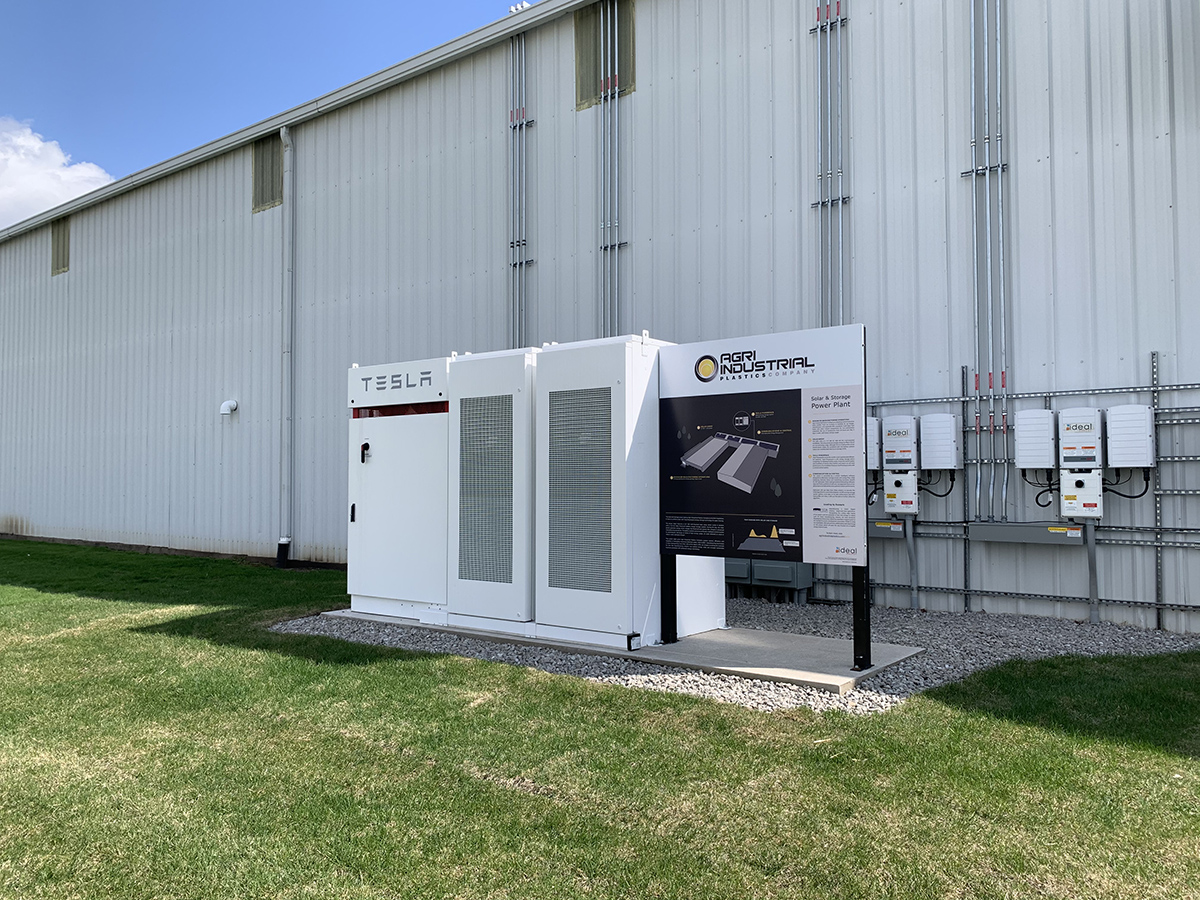
Above:Tesla Powerpack used in combination with solar for peak shaving at Agri-Industrial Plastic’s advanced manufacturing operations in Fairfield, Iowa
Opportunity – Transforming Our Energy Future
We believe battery energy storage systems will radically transform the way we interact with energy. They’ll make solar energy a no-brainer for many more homes and businesses, bring greater independence from traditional utilities, and open the door to a great diversity of energy options.
In the rest of this series, we’ll explore these opportunities in more depth. Next up is a discussion of peak shaving and demand charge reduction for businesses. Find out how we cut our customers’ utility bills from around $9000/month to $20/month with a peak shaving strategy.

